It no longer matters what type of industry your business is in or the type of products and services you offer – the latest digital marketing trends should not be ignored. With the fast paced and changing digital landscape, it is no longer enough for businesses to only have a well developed website and a Facebook page.
By now, it will be difficult to find many successful businesses that don’t have an online presence. So far this year, although the difficulties with Covid-19 that caused turbulence on a global scale, new technologies and tools have come to the fore, forcing marketers and businesses to adapt in order to keep their businesses at the forefront. Basically – if your business doesn’t adapt, you will surely be left behind.
What is new with Facebook?
 As per Forbes, 41% of Facebook users are over the age of 65. It is evident that Facebook is losing ground with the younger demographics, who tend to prefer the more visual, interactive experiences offered by Instagram, Snapchat, and the rising star, TikTok.
As per Forbes, 41% of Facebook users are over the age of 65. It is evident that Facebook is losing ground with the younger demographics, who tend to prefer the more visual, interactive experiences offered by Instagram, Snapchat, and the rising star, TikTok.
With this information, it is essential for digital marketers and business owners to profile their their target audience, and then better understand where they are found online. Facebook may be very unsuitable for some campaigns, where the target audience is identified as the “older” population.. Facebook is still one of the most powerful platforms and it is advisable not to oversee it without trying it our for lead generation purposes . If not, you could be wasting your marketing budget, targeting the wrong social media platform – which happens to most businesses regarding all the different online and social platforms, when your businesses buyer personas are not properly identified.
2. Is Instagram a hit with younger audience?
 The meteoric rise of Instagram has resulted in one billion+ users, which is an impressive achievement in basically no time. It is one of the fastest growing social media platforms, with much of its user base belonging to younger demographic, especially under 30.
The meteoric rise of Instagram has resulted in one billion+ users, which is an impressive achievement in basically no time. It is one of the fastest growing social media platforms, with much of its user base belonging to younger demographic, especially under 30.
Currently, Instagram is facing one potential problem as the platform has recently decided to remove the likes feature which has caused many influencers to voice their concerns, which also means that companies should keep a close eye on the impact this may have in 2020 – if any. While it could lead to an uptick in content quality, many users may drift away from the platform in search of vanity metrics elsewhere.
3. Chatbots are starting to dominate Customer Service
Chatbots are artificial intelligence (AI) software that acts as a virtual “concierge,” communicating with users and assisting them in completing their goals. While interacting with buyers in a natural way through the use of text chat windows, chatbots have also enabled verbal interactions as well. Over time, as the system collects more data insights, the AI learns more about the customers, making it possible to offer a continuously-improving service.
Bots allow users to receive personalized and focused interactions without weighing in on limited human resources.
In the world today where most businesses have turned online and most meetings also happen online, it is the perfect time to explore all the advantages of implementing chatbots for your business. 80% of businesses claim they want to start using chatbots so far this year. Following are some of the benefits:
- 24-hour service
- Instant responses to customer queries
- No need for breaks, vacations, or overtime pay
In January 2020, Tidio research confirmed that 43% of consumers prefer to message an online chatbot rather than to talk via phote with a business if additional information is required in their sales cycle. Chatbots are set to be one of the fastest-growing digital marketing trends in 2020.
4. Video marketing is becoming the norm in digital
If your business is not using video marketing this year in your online campaigns this is the perfect time to start! Text-based and static content is simply not enough and it is becoming harder to compete with the power of engaging video content, in particular in lead generation and high performance campaigns.
In a mobile-mad world, people are watching more video than ever, using their smartphones to watch and share videos about various topics and learning more about brands. Here are some stats from ImpactBND:
- 70% of consumers have shared a brand’s video
- 52% of consumers claim that watching product videos makes them more confident and guides their online purchasing decisions
- 72% of businesses believe video content has improved their conversion rates
Video marketing is highly-engaging, and the online audience responds positively to ads where video’s are featured as main content. Live streaming is a powerful method and when combined with influencer marketing it provides great benefits to the brands. Whether it’s the new generation of social media influencers or traditional sources, such as celebrities, athletes, and musicians, interacting directly with the audience has become huge draw businesses.
5. Content is still important
An essential component of digital marketing is content, although there’s an increasing emphasis on nuance in content. The quality is important, and in addition, these days there’s more emphasis on the context and targeting. As Google is providing a deeper, more sophisticated understanding of online content, marketers must think carefully about their target audience and how they can revamp and tailor content strategy more precisely.
Much of this comes down to the BERT update released on Google in November 2019. The new algorithm helps the search engine obtain a much better and more clear understanding of the natural language in user search. Google advises to instead of “chasing the latest SEO trends, rather to focus on fast speed, useful links, and compelling content.”
As Google is getting smarter, those that produce ongoing in-depth, accurate current content will receive preference. Businesses should keep this fact in mind and part of their digital strategy in 2020.
6. Email is becoming more personalized
Email continues to be a major channel of communication, with billions still using it for personal, commercial, industrial, legal, scientific, and academic purposes. As with all the other evolving aspects of digital marketing, generic marketing emails aren’t as effective as they used to be, because in today’s market place what works the best is a combination of automation and personalization.
For instance, when sending out email blasts that are product or service centric, such as a user browsing a particular product, and then follow up with a promotional price or demo video in a personalized email, this type of email marketing can be very effective. Email is often the final trigger to motivate an action, especially when combined with your remarketing campaign.
7. Interactive content is becoming mainstream
Interactive content is all type of content that people can click on, swipe, or interact with online. According to Outgrow, 93% marketers rate interactive content as highly effective when it comes to buyer education. In 2020, more companies are experimenting with this type of content:
- Quizzes and polls
- Augmented reality ads
- 360-degree videos
These formats leverage cutting-edge marketing technology, such as augmented reality and video content, to offer people a more immersive, engaging experience. These days, buyers are looking for this type of engaging content from brands because it is fun and entertaining leaving memorable and positive impressions about a brand.
8. Voice interaction is become more used
Thanks to Siri, Google, Alexa, and a host of other ‘smart’ devices, verbal interaction with devices is continuing to rise. The real lesson for us is that people like to talk and that is a preferred way of interacting. And now, machines are finally catching up to the way people want to search, shop and discover new things.
However, this presents some interesting challenges. Conducting a search by voice is very different from typing a query in the results, and when a user performs a text-based search, the screen displays the results one page at a time. However, when asking a device to conduct a search and the device replies verbally, it may only give a few choices at most, and frequently supplies just one choice. In summary, implementing a voice search within your strategy means you will be creating a unique and optimized customer experience that will foster relationships and build brand loyalty with your customers.
9. Marketing in messaging apps is on the rise
Messaging applications are no longer used to just stay in touch with friends and family. Businesses in all industries have taken a significant interest in apps like Facebook Messenger and WhatsApp in recent times, and following are the opportunities:
- There are 1.3 billion monthly users are active on Facebook Messenger
- Those are sending more than 10 billion messages every month
- WhatsApp has 1.6 billion active users
- Those are sending over 55 billion messages every day
With the above facts it is no secret that people are more active on instant messaging apps and it is predicted that in the next 5-7 years, messenger marketing is expected to be the number one marketing channel in the world. With this in mind it is a logical step for businesses to start connecting with your target audience via these platforms. Marketing through Facebook Messenger generates 10 to 80 times more engagement than organic posts on the Facebook News Feed.
63% of online consumers are more likely to return to a company website if it has a live chat option, which means that businesses should seriously consider this type of marketing where many companies will include video and interactive content to engage the customers.
10. Omnichannel marketing is the way forward
Omnichannel marketing is the practice of marketing across multiple platforms, including email, apps, social media, and website blog. This approach enables businesses to connect with customers via various digital touchpoints, effectively offering a improved user experience while creating synergies between the ad sets for optimum performance.
By delivering a seamless, consistent voice and cohesive brand message across all channels, the campaigns get fully optimized providing successful results. Omnichannel marketing drives over three times as much engagement than a single-channel approach, whereas customer retention, average order value, and purchase frequency are all higher when you adapt the multiple channels strategy.
With AI technologies, businesses can today leverage from useful data insights and machine learning understanding better the behaviour of their customers and their online habits, and focusing on omnichannel marketing is the road to an enhanced customer journey that keeps your customers return back to your platforms.



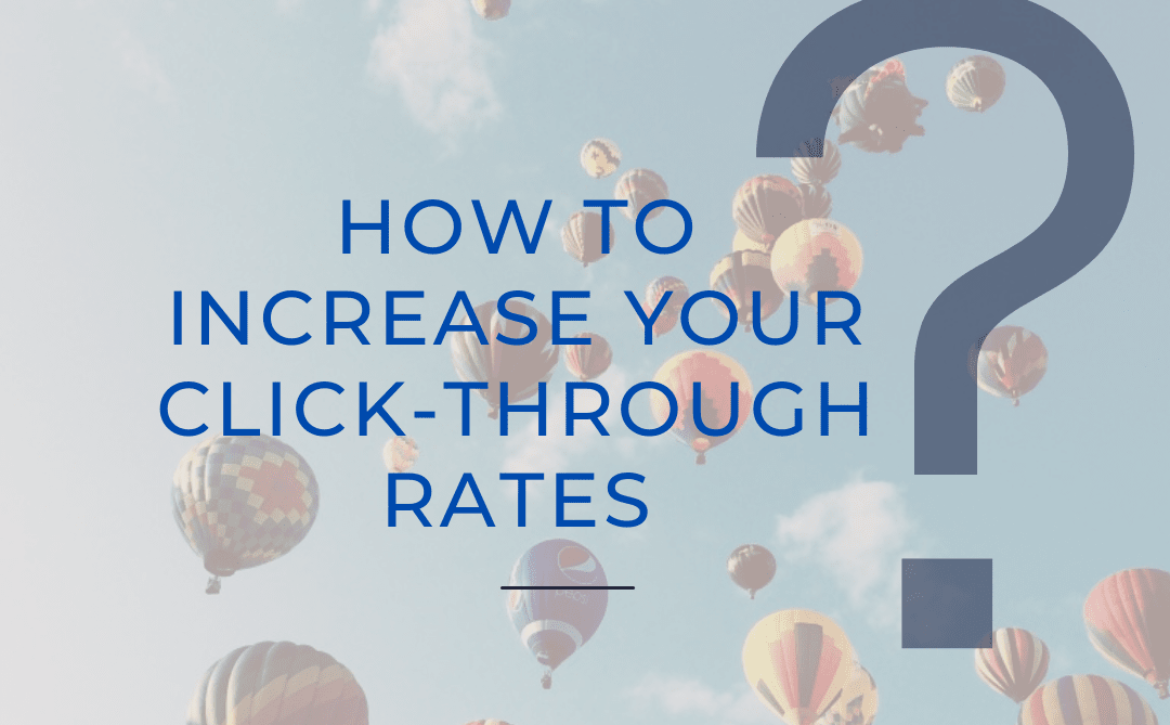
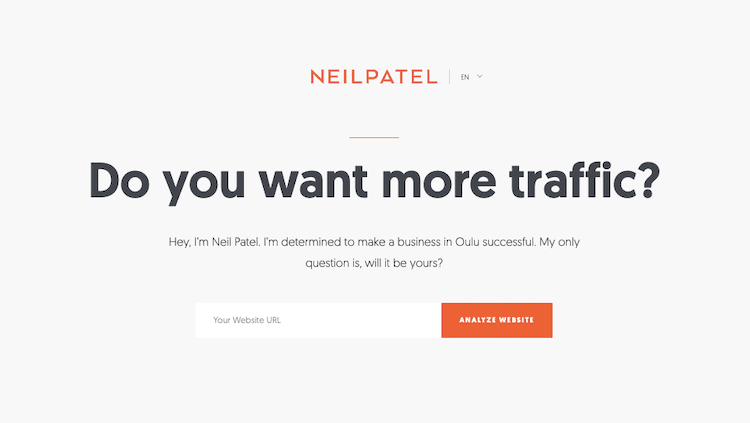 2.
2.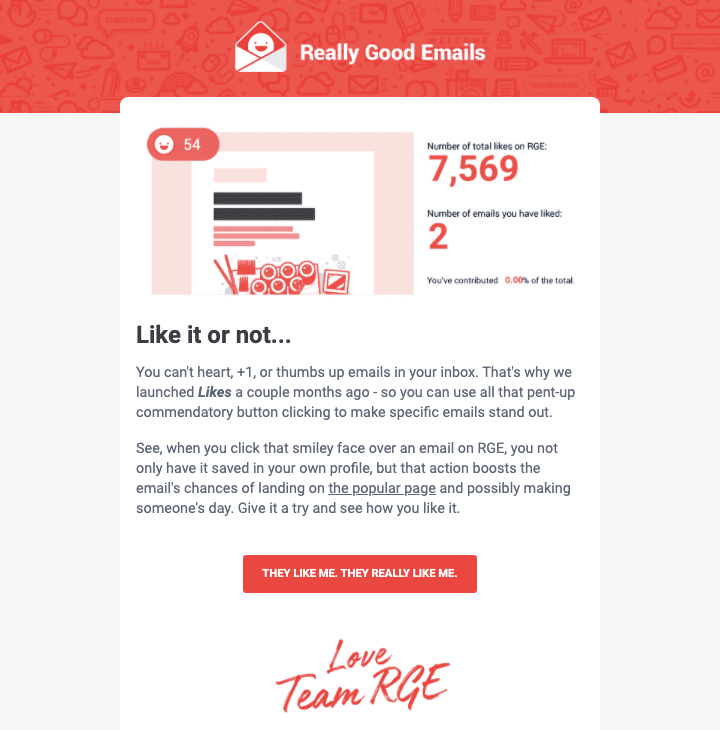 Using personalization in your CTAs can make them more viable. The present innovation offers different kinds of chances for marketing automation and triggered communication. With the help of innovation, you can have different Call-to-Actions relying upon which channel the individual came from, and what their activity was before seeing your CTA.
Using personalization in your CTAs can make them more viable. The present innovation offers different kinds of chances for marketing automation and triggered communication. With the help of innovation, you can have different Call-to-Actions relying upon which channel the individual came from, and what their activity was before seeing your CTA.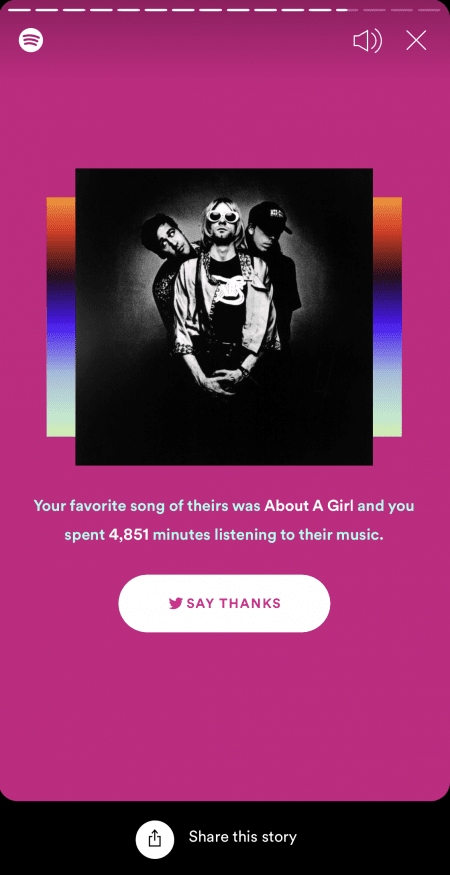 5. Brief & noticeable CTAs
5. Brief & noticeable CTAs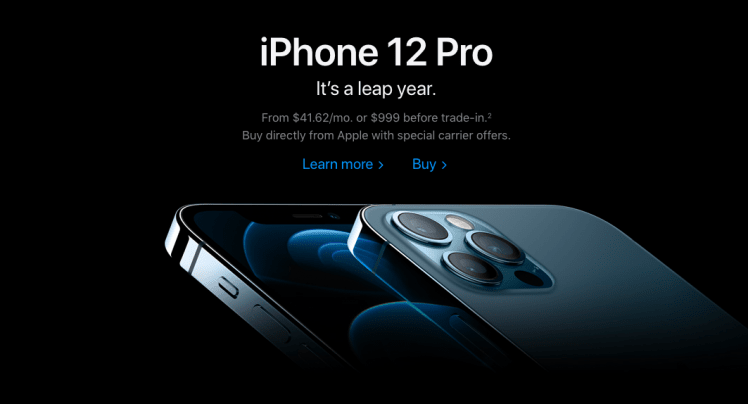 7. Analyze and double-check the path
7. Analyze and double-check the path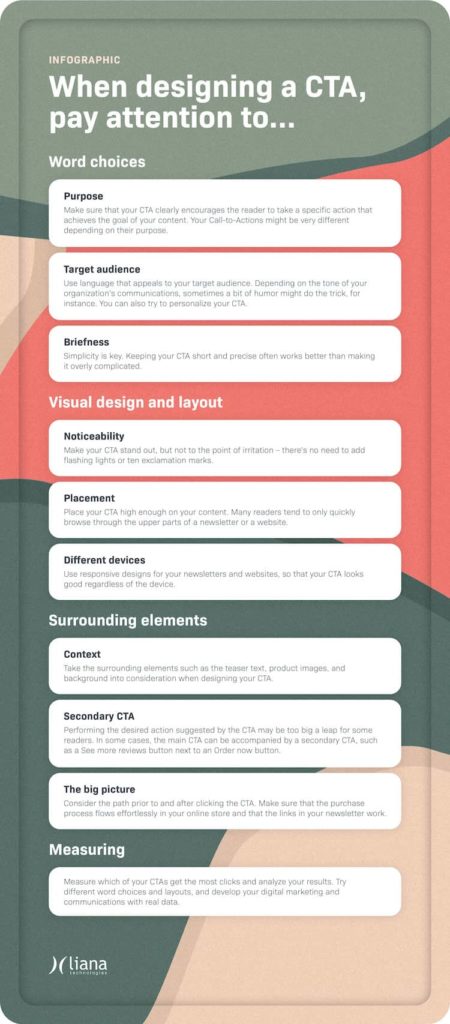 Take advantage of your
Take advantage of your 
 As per Forbes, 41% of Facebook users are over the age of 65. It is evident that Facebook is losing ground with the younger demographics, who tend to prefer the more visual, interactive experiences offered by Instagram, Snapchat, and the rising star, TikTok.
As per Forbes, 41% of Facebook users are over the age of 65. It is evident that Facebook is losing ground with the younger demographics, who tend to prefer the more visual, interactive experiences offered by Instagram, Snapchat, and the rising star, TikTok. The meteoric rise of Instagram has resulted in one billion+ users, which is an impressive achievement in basically no time. It is one of the fastest growing social media platforms, with much of its user base belonging to younger demographic, especially under 30.
The meteoric rise of Instagram has resulted in one billion+ users, which is an impressive achievement in basically no time. It is one of the fastest growing social media platforms, with much of its user base belonging to younger demographic, especially under 30.

 Independent of your company location, digital experts are able to target your clients/prospects anywhere in the world – instantly. When targeting internationally and based on nature of each location, there are certain variables that agencies such as Blupord adapt in order to successfully execute each digital requirement. Following are a few important variables:
Independent of your company location, digital experts are able to target your clients/prospects anywhere in the world – instantly. When targeting internationally and based on nature of each location, there are certain variables that agencies such as Blupord adapt in order to successfully execute each digital requirement. Following are a few important variables: